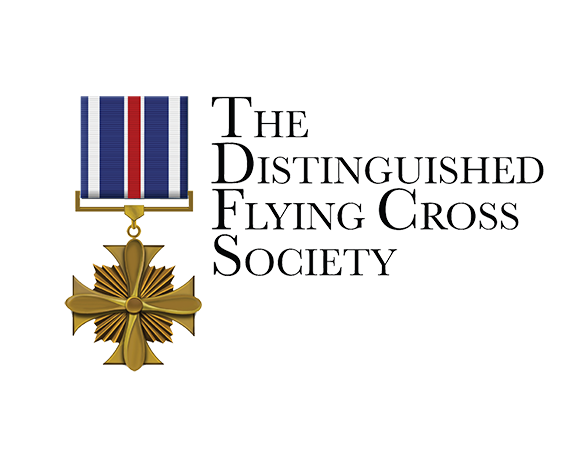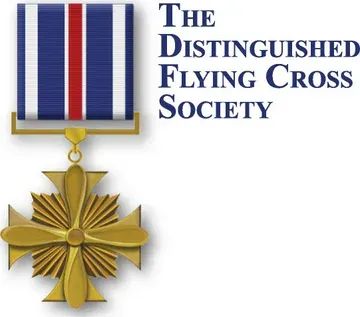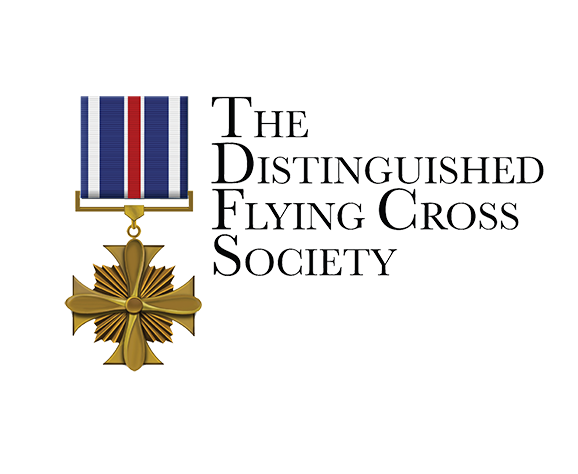Francis A. Myer
AWARDED DFC:
1
CONFLICT/SPACE FLIGHT/EVENT: -
MODEL: B-29
Citation: 1.) The Distinguished Flying Cross for extraordinary achievement while participating in aerial flight 29 June 1945. These individuals were combat crew members of a B-29 aircraft on a weather reconnaissance mission from their base in the Mariannas Islands to the Okinawa and Kyushu areas. They overcame hazardous weather conditions over a vast expanse of unfriendly waters to reach their final destination. After climbing through a tropical cyclone at Okinawa, it became necessary to feather the number four engine. Undeterred, they proceeded to the final destination, and turned into its return heading. Leaving the coast line of eastern Kyushu, the number one engine blew a forward exhaust stack and had to be feathered. In spite of the loss of two engines, this crew succeeded in returning safely to Iwo Jimo. Without regard to personal safety, these veterans of repeated combat missions, displayed such courage and skill as to reflect great credit on themselves and the Army Air Force.


